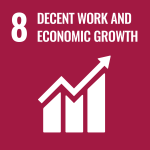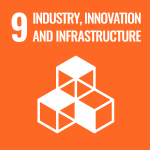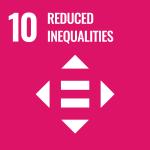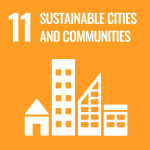
HOW AVEVA IS DRIVING LIVABILITY AND SUSTAINABILITY IN SMART CITIES
Environmental, Social and Governance Approach
Our ESG vision and supporting framework sets the direction we take to drive sustainability throughout our own operations, our culture and through the software we develop. We are committed to reducing our impact on the planet. We aspire to lead by example on how we measure, mitigate and report on our Greenhouse Gas (GHG) emissions and to working across our entire value chain to accelerate the transition to net zero global economy.

CLIMATE PLEDGE

AVEVA is committed to achieving net zero carbon emissions by 2050 and building momentum around the shift to a decarbonized economy ahead of COP26

AVEVA has committed to set science-based emissions reduction targets across all scopes, in line with 1.5°C emissions scenarios and the criteria and recommendations of the Science Based Targets initiative

AVEVA recognizes we are in a critical year for climate action, and as part of our 2030 Agenda we have pledged to achieve net zero emissions across our operations by 2030
Environmental
Industries are transforming to adapt to the realities of climate change, and AVEVA’s stakeholders expect the company to lead by example on emissions mitigation, alongside helping our customers to address challenges in the energy supply chain, optimize performance of facilities that generate renewable power, and accelerate innovations on their journey towards circularity.
SOCIAL
GOVERNANCE
ELEMENTS FOR DIGITAL TRANSFORMATION
Industrial sustainability is achievable through the interplay of software with automation and energy optimization. Put together, the three elements of this sustainability triad delver positive outcomes that are greater than the surn of each part.

Automation unlocks production and sustainability by optimizing process, energy and resource use, cutting operating costs, and liberating workforces from avoidable safety issues. Automation that powers remote operations proved highly effective in overcoming recent pandemic challenges. Automation saves time and money while developing new skills.

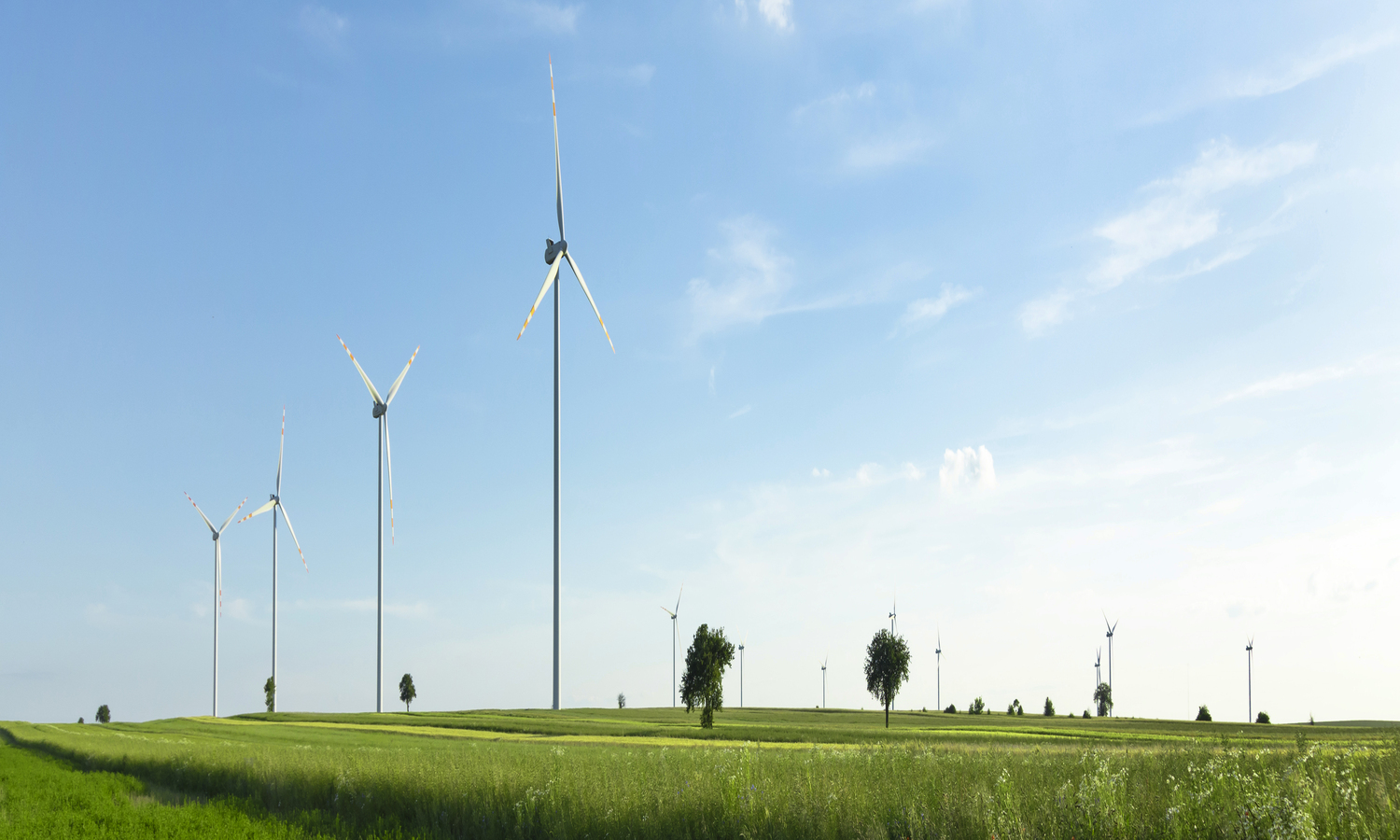
Energy optimization can propel industrial decarbonization at scale. Increased electrification and other fuel-switching strategies, alongside the convergence of power and process energy, can rapidly reduce industrial waste. Recycling also promises to lower energy demand. Smart and green electricity with renewables and storage can alter how we power machines, processes and plants and tackle resource use across industrial value chains.
HOW ACCELERATING DIGITAL TRANSFORMATION
BRING SOLUTIONS TO YOUR BUSINESS
Impact for a
$100M capital project
Increase in
sales value of production
Increase in
equipment utilization
Manufacturing
cost reduction

GLOBAL STANDARDS ESSENTIAL REFERENCES
WCCD CERTIFICATION LEVELS
ISO 27122:2019
Sustainable Cities and Communities – Indicators for Smart Cities
ISO 37120:2018
Sustainable Cities and Communities – Indicators for City Services and Quality of Life
ISO 22320:2018
Security and Resilience – Emergency Management – Guidelines for Incident Management and Response Mechanism
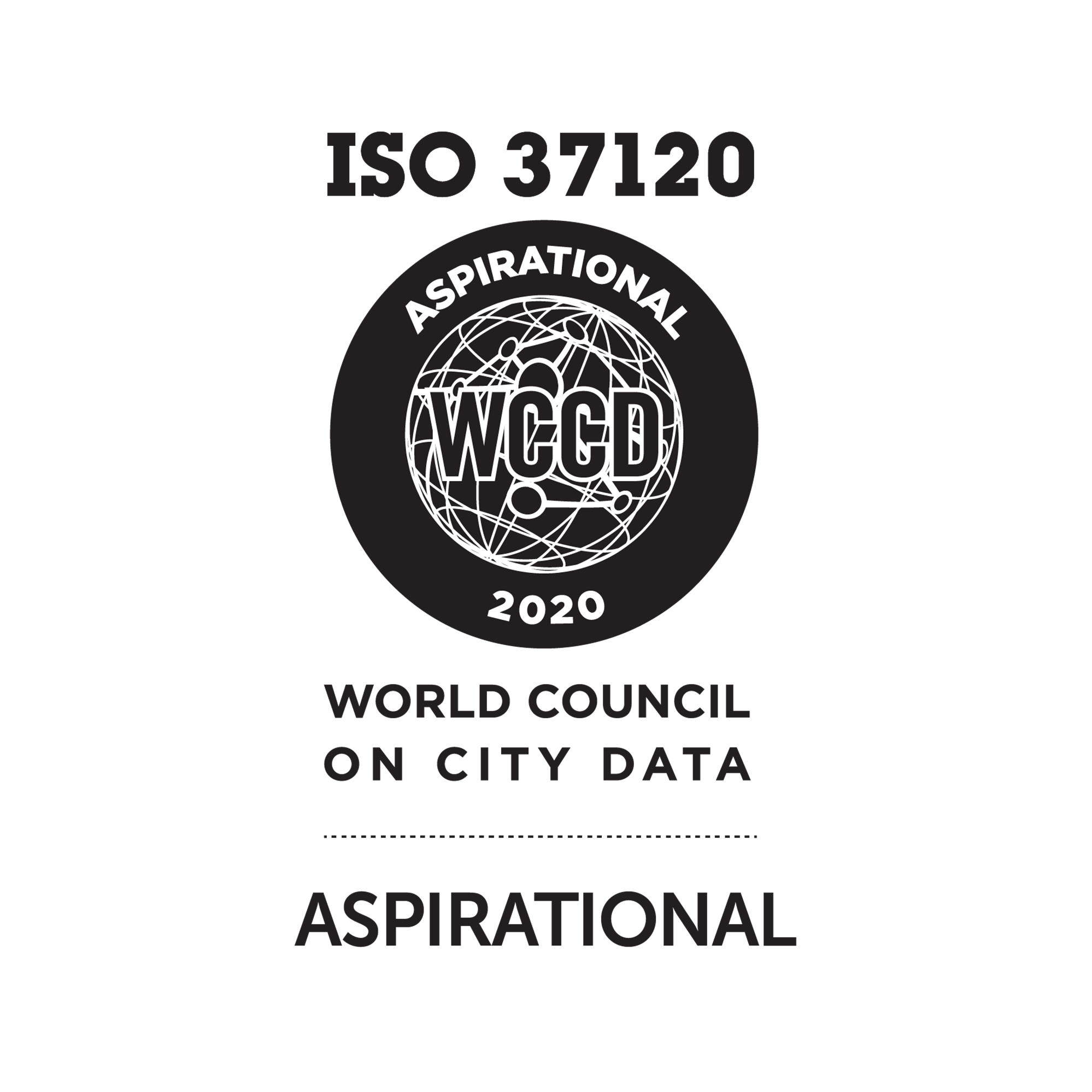
ASPIRATIONAL
30-44 Core
Indicators

BRONZE
45-59 Indicators
45 Core+
0-14 Supporting

SILVER
60-74 Indicators
45 Core+
15-29 Supporting

GOLD
75-89 Indicators
45 Core+
30-44 Supporting

PLATINUM
90-104 Indicators
45 Core+
45-49 Supporting
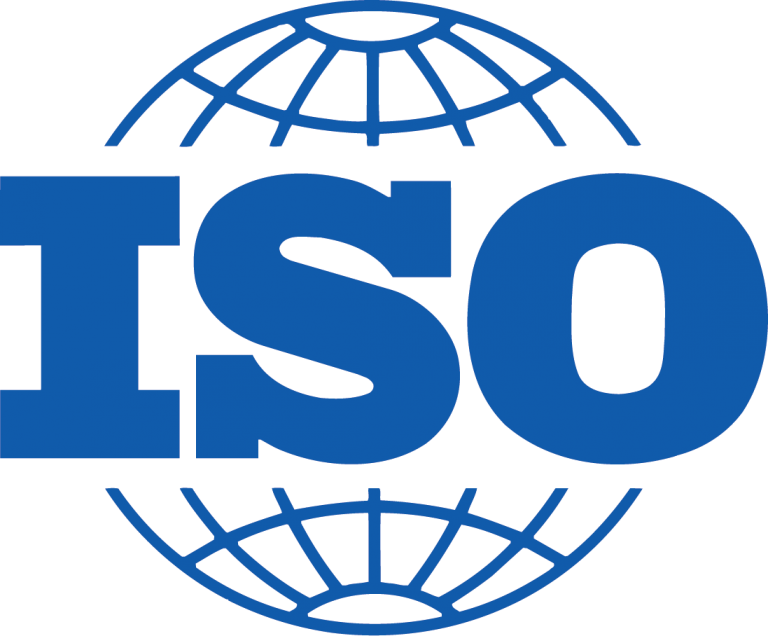
ISO/IEC
218223-1:2019
ISO/IEC
20000-1:2011
ISO/IEC
27001-1:2013
ISO
9001:2015
ISO
22301
ISO
2993

17 GOALS TO TRANSFORM OUR WORLD
FUTURE WORK 5.0







